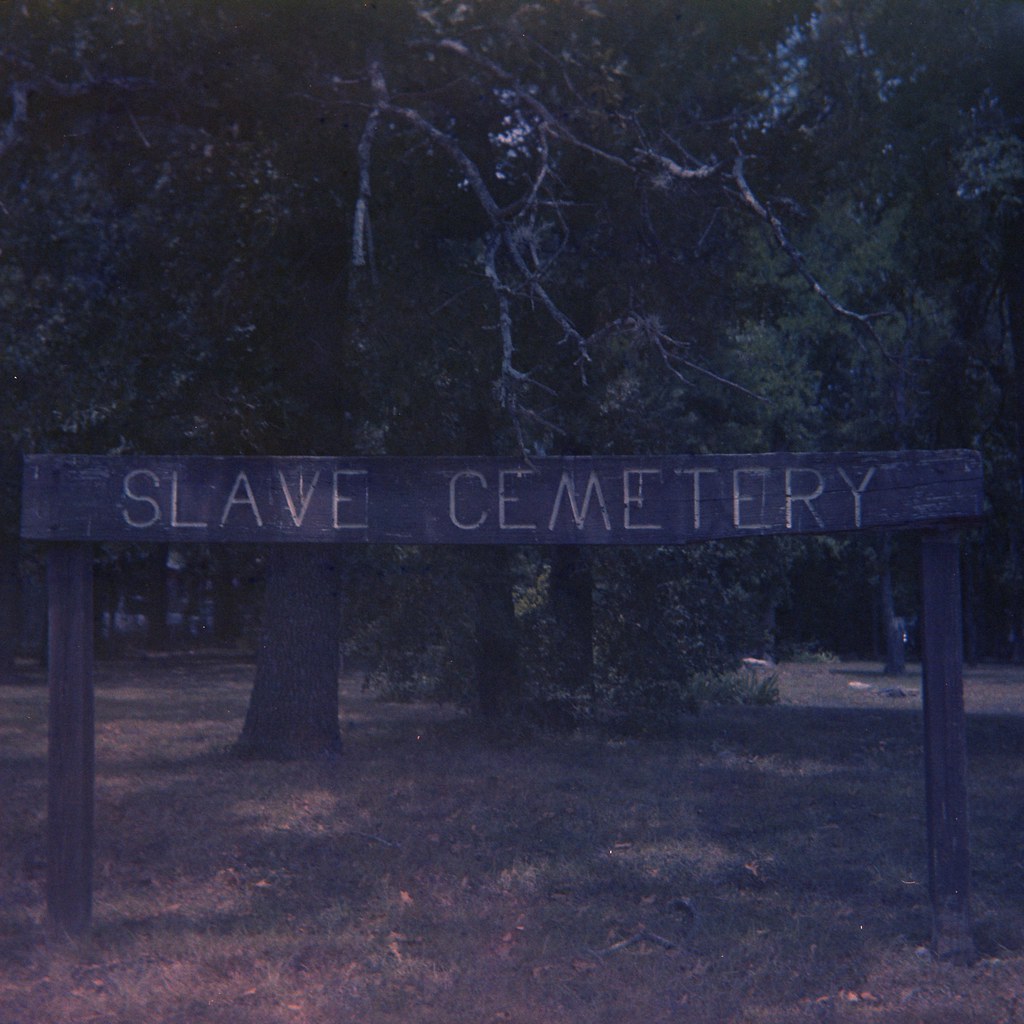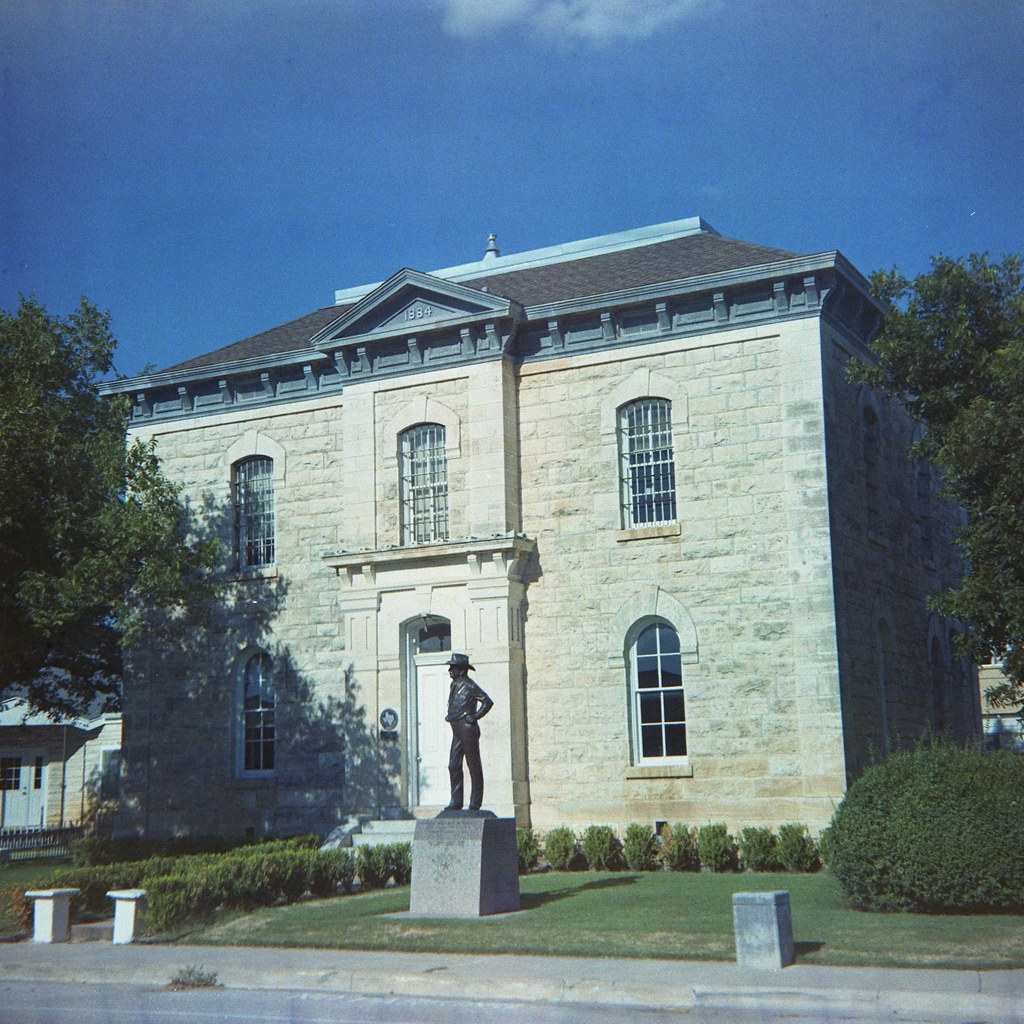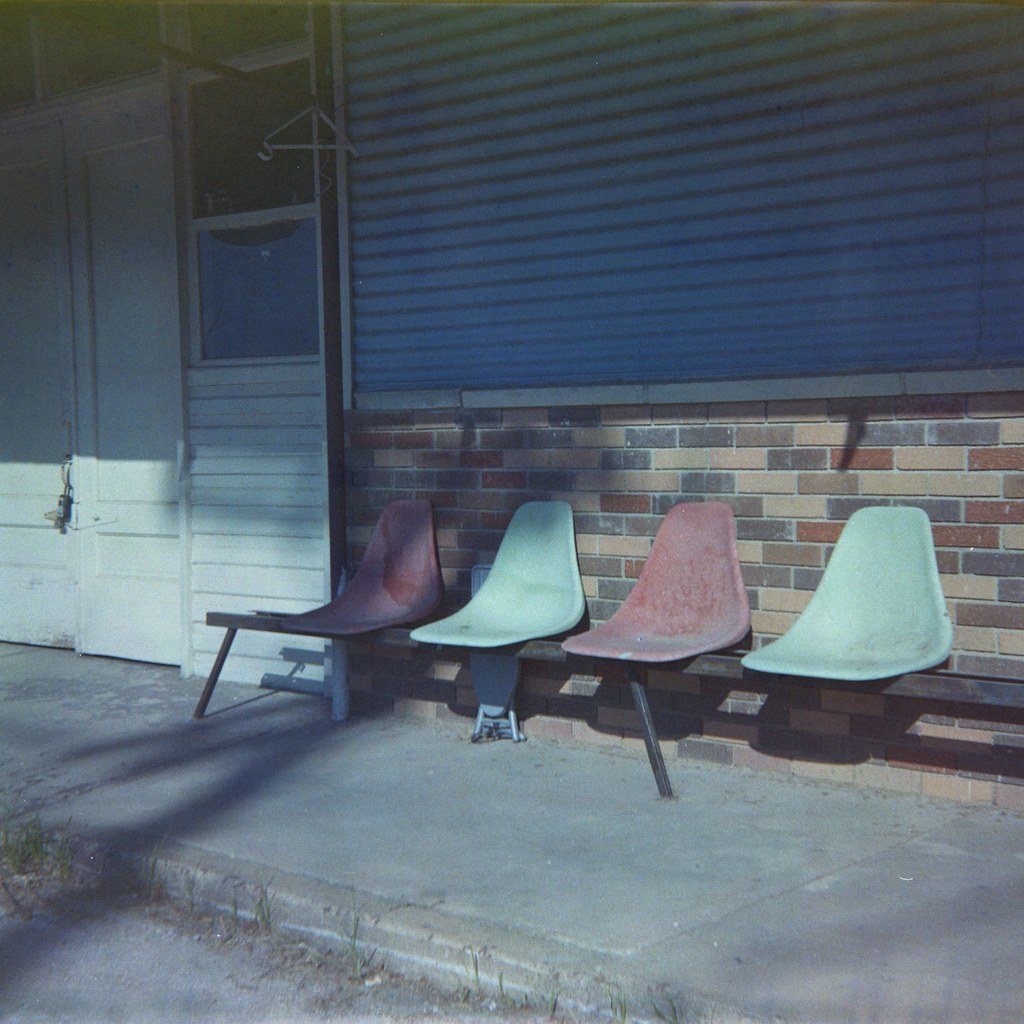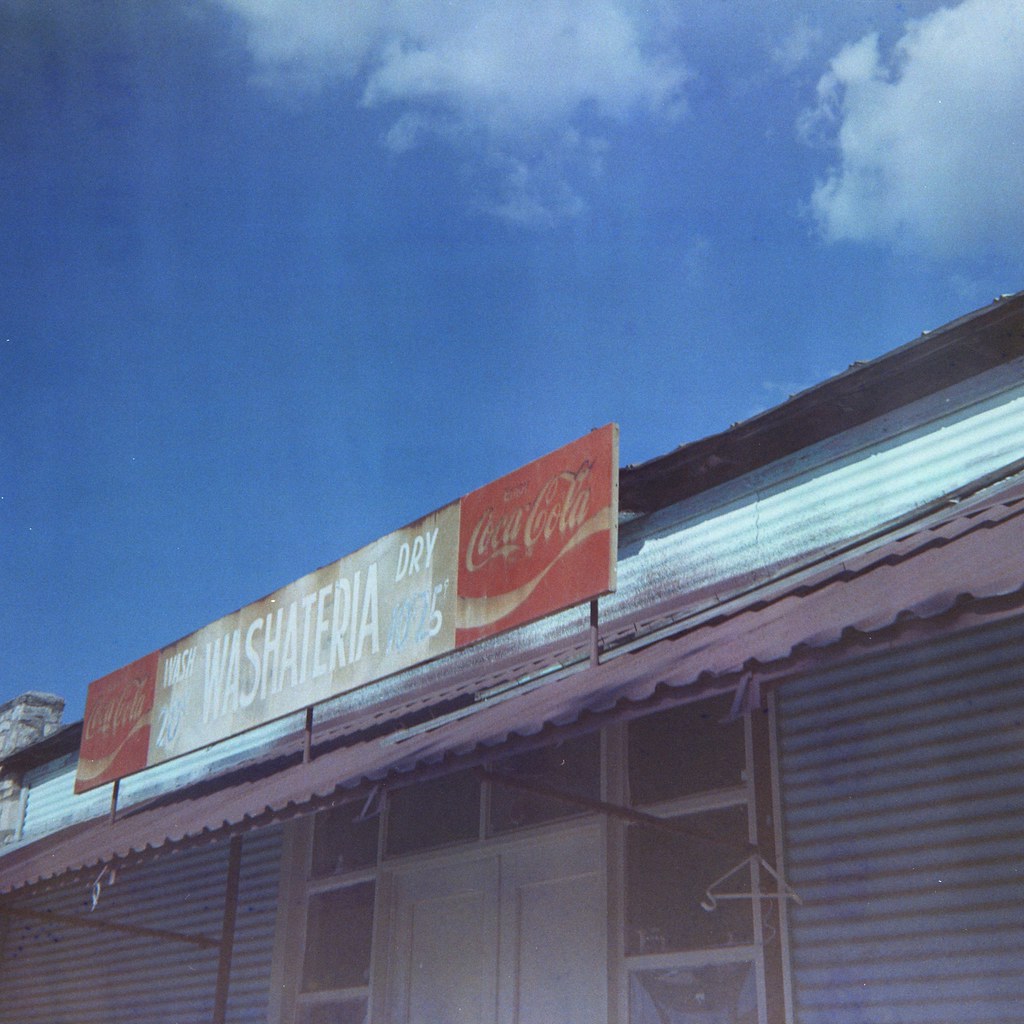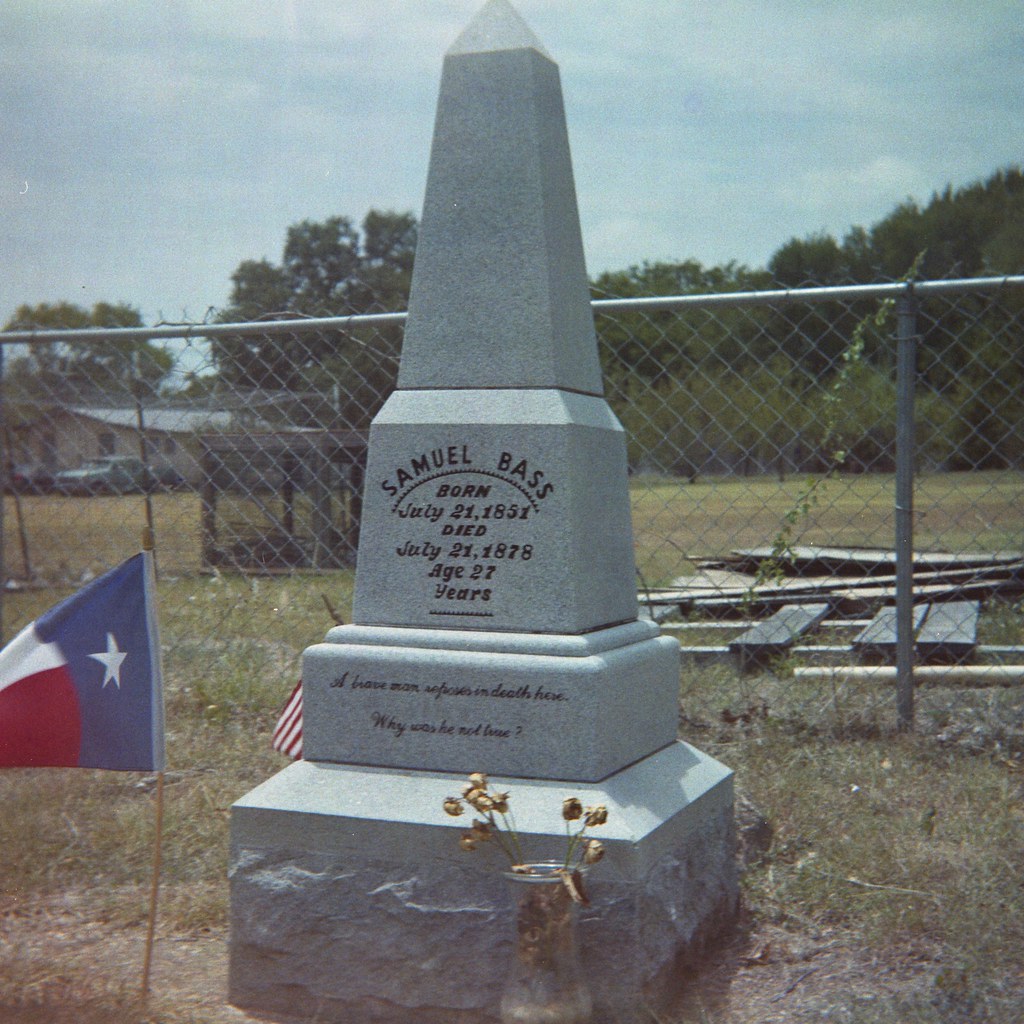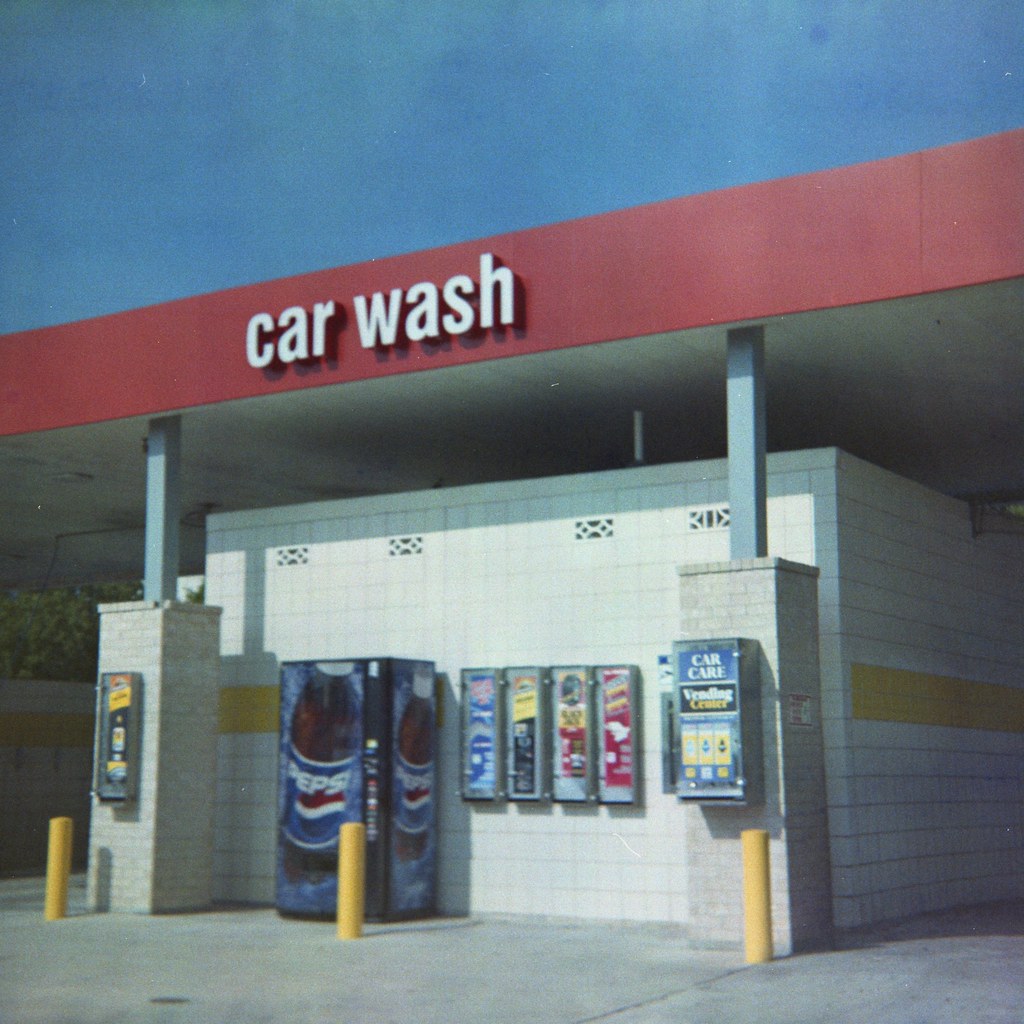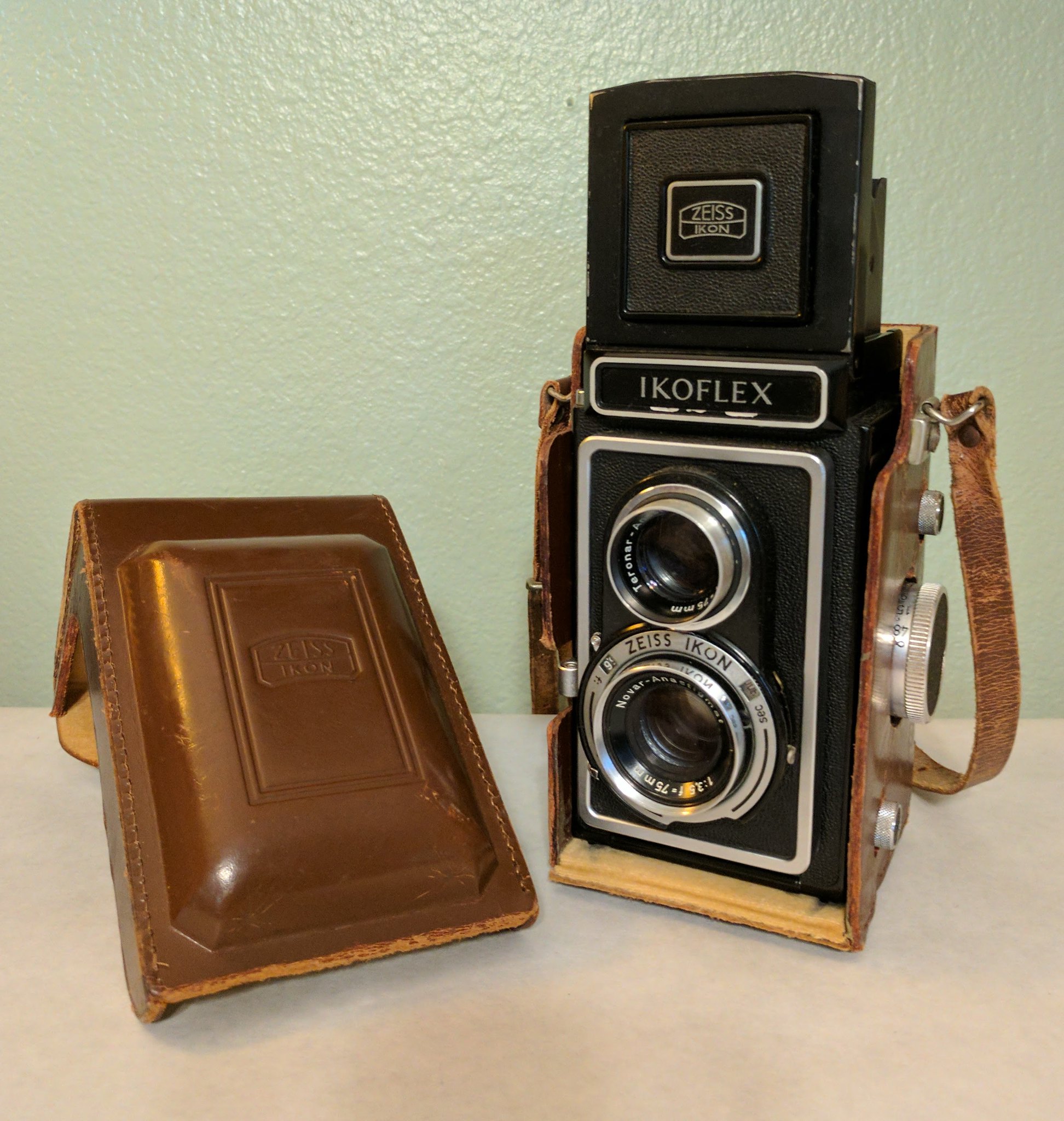September's camera was the Ansco Titan 20. While last month's camera, the Ansco Color Clipper, was just a step above a point-and-shoot, the Titan 20 is the polar opposite. The user is in charge of everything--focus, shutter speed, aperture and the cocking of the shutter. There is NO double exposure protection on this camera. If you're in the habit of not winding to the next frame until you're ready to snap a pic, this camera will be a challenge for you. There are a lot of cameras that cock the shutter when you wind to the next frame. Because of this, I wait until I'm ready to take a picture to wind the camera in order to keep tension off the shutter until necessary. So I had to get used to winding immediately after taking a picture so I wouldn't end up with a double exposure.

The Titan takes 120 spool film. There's nothing too tricky about loading this camera and winding on until you get to the number 1 on the film paper backing. I find the viewfinder a bit tiny and not very representative of what will actually end up in your picture. When I first took pictures with this camera, I ended up with way more foreground than I thought I would. There doesn't seem to be any magnification in the viewfinder so it's almost a 1:1 ratio when looking through there. I do wear glasses so I'm sure that doesn't help the situation because I can only get my eye so close to the viewfinder window.
The focus ring has a nice post on it to help turn it to the correct guessed distance. There is no rangefinder so you need to be good at zone focus or distance guessing. There's a handy depth-of-field guide that is color coded on this camera. The colors correspond to the color of the arrows below the lens aperture numbers.
The shutter speeds range 1/2 a second up to 1/400th of a second plus "B" (Bulb) and "T" (Time). This is the first camera I've owned that had a T option. In this setting, you trip the shutter and the shutter remains open until you trip it again. I haven't tried this mode yet but I'm sure it would be great for night photography. The shutter cocking mechanism is located on the top of the lens and is quick to use with a short throw.
This camera has a very cool minimalist design when closed. There are only two knobs and two buttons (one to open the camera and the other is the shutter button) on the top. The appearance is very art deco and the machined metal top is very attractive.
The camera is equipped with a 90mm/f4.5 lens.
I only had to make one minor adjustment when I got this camera. The arm that trips the shutter would not travel far enough a second time when set to the "T" mode. All I had to do was bend the arm ever so slightly and now it works like a charm. All shutter speeds work properly and the camera has no other issues.
I used the LightMeter app on my phone to determine the correct exposure of these pictures.
Film: Kodak T-Max 100
Developer: R5 Monobath
Scanner: Epson V550
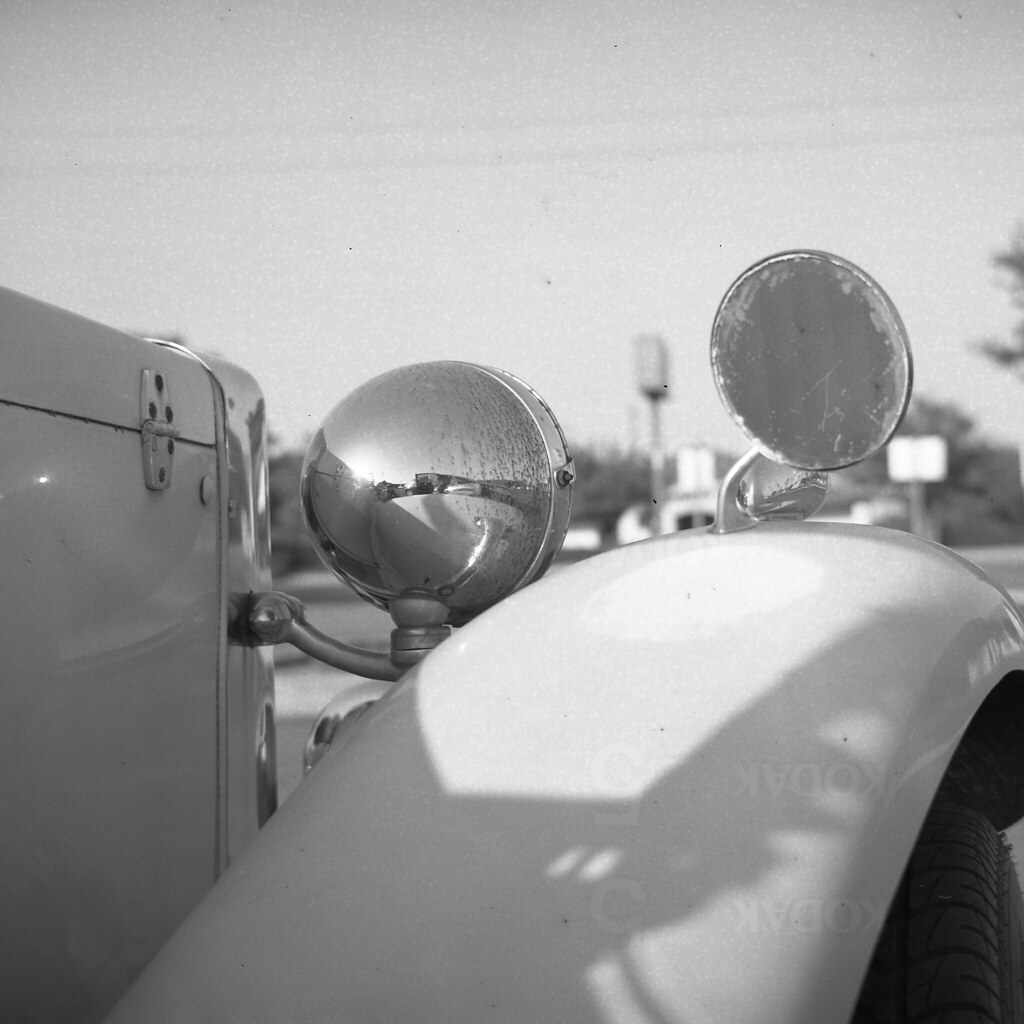

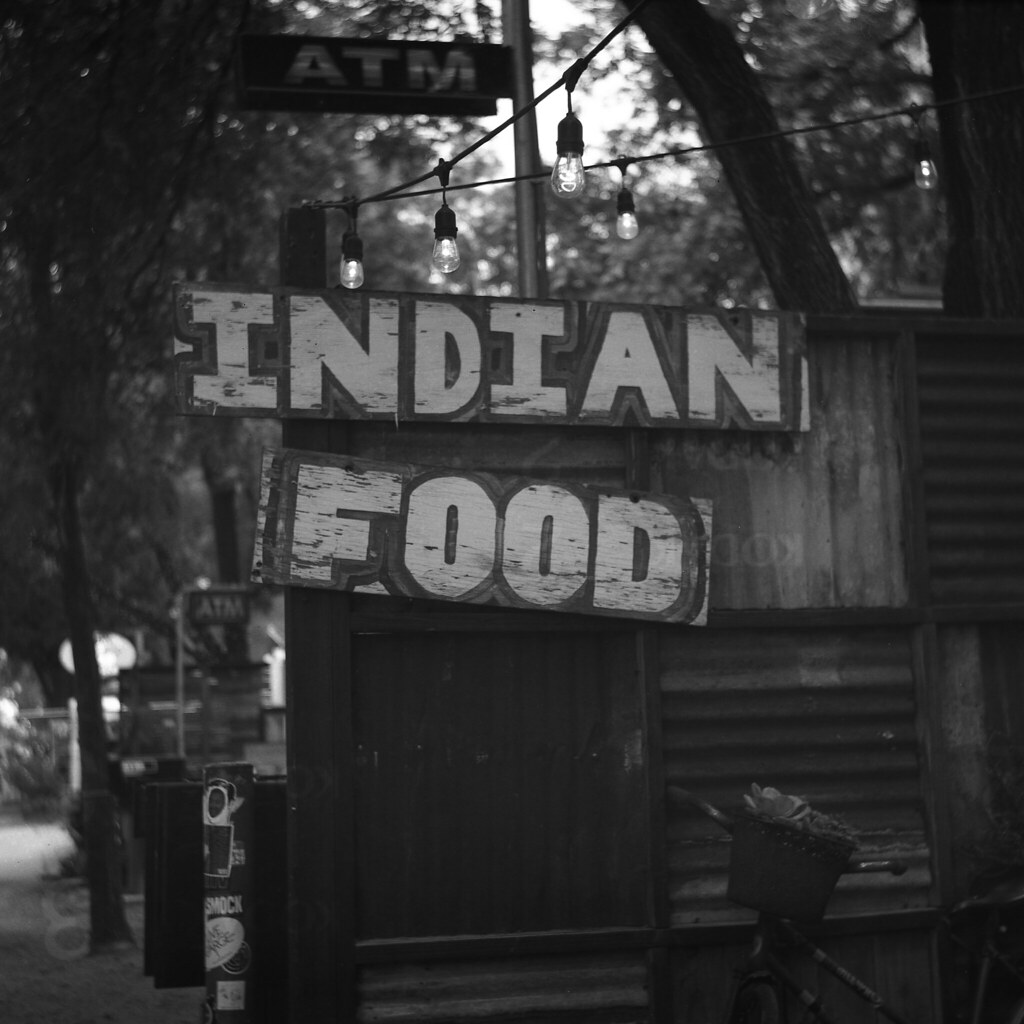
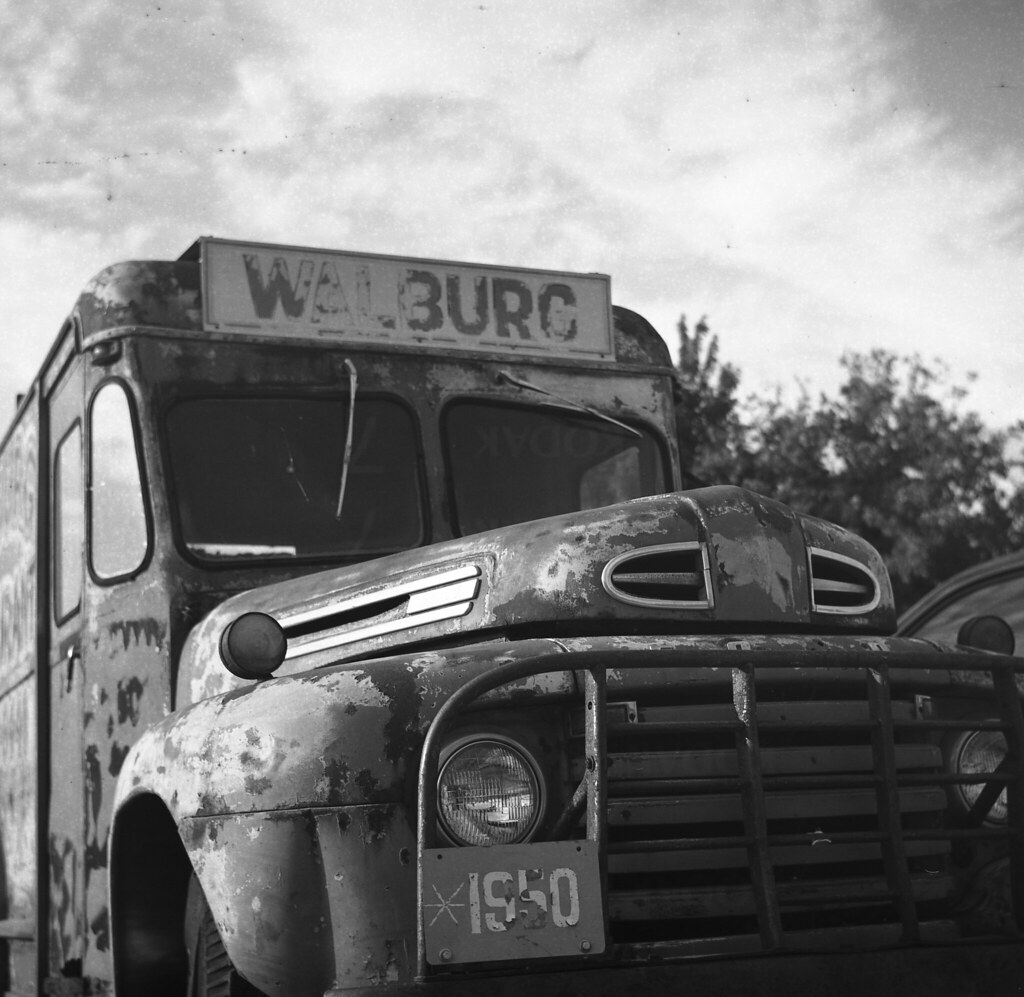
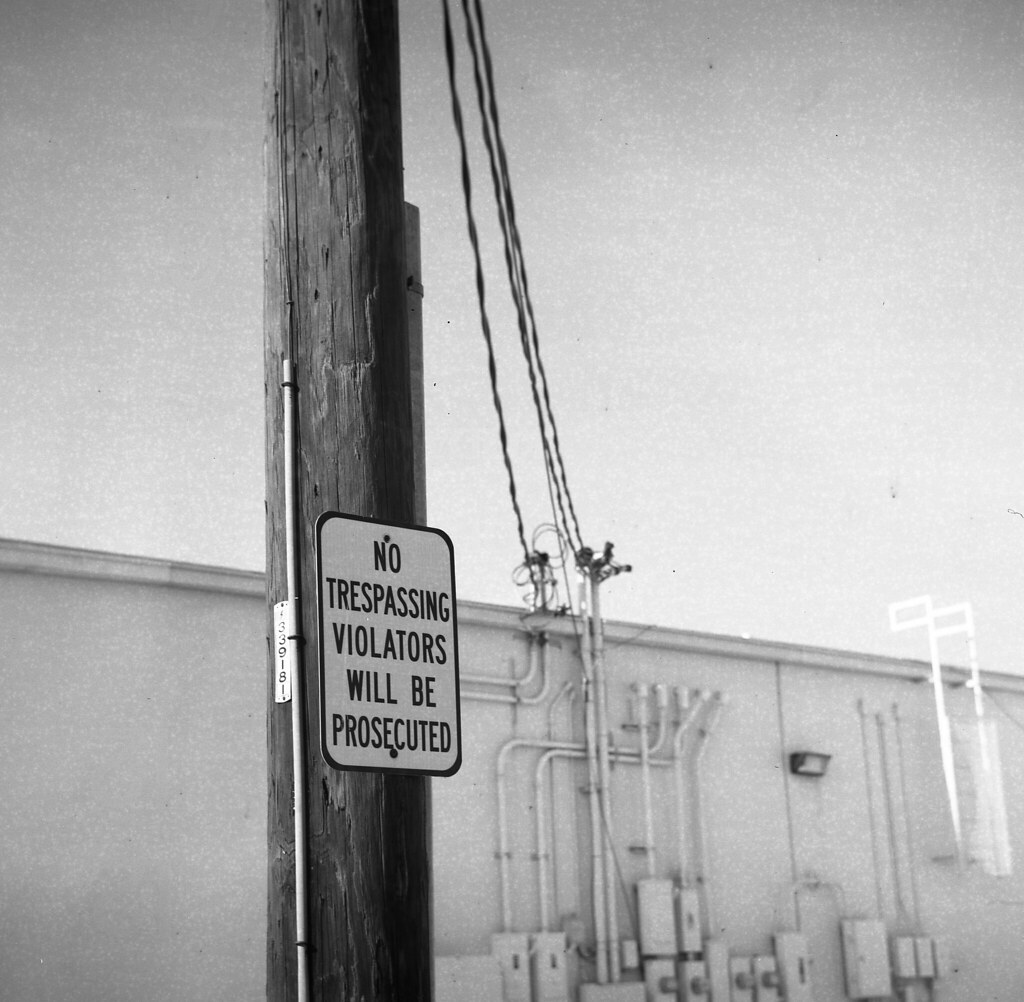
Next month's camera: Canon Demi EE17 half frame camera

